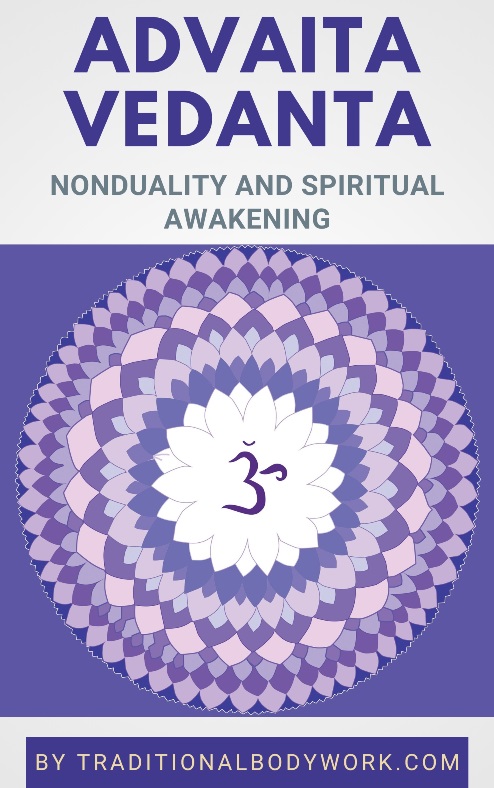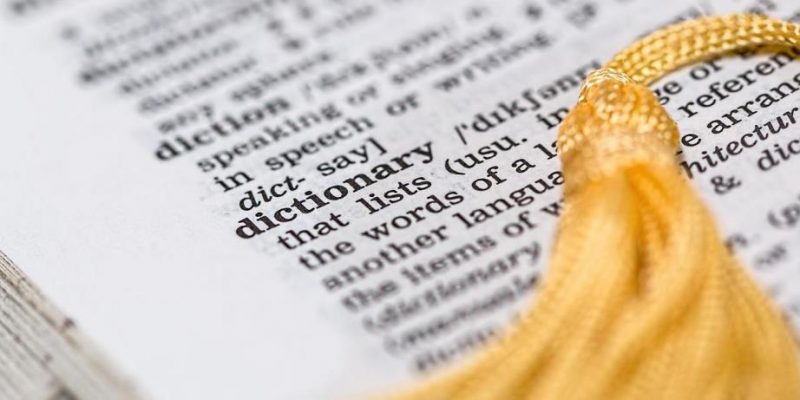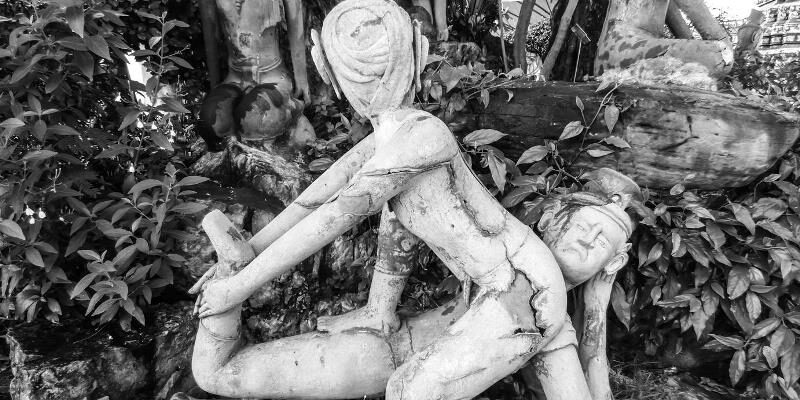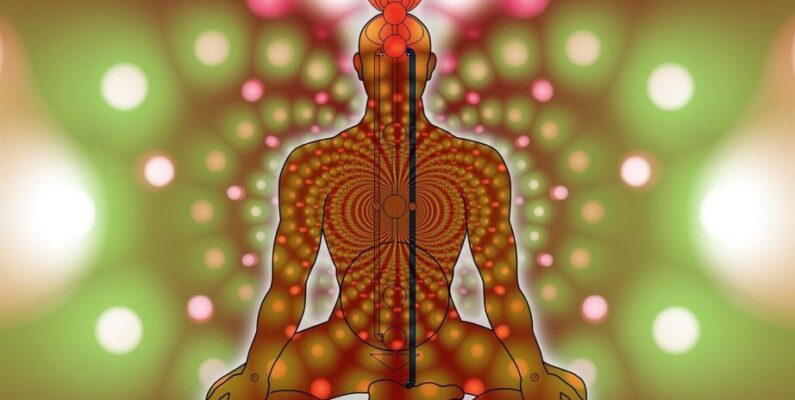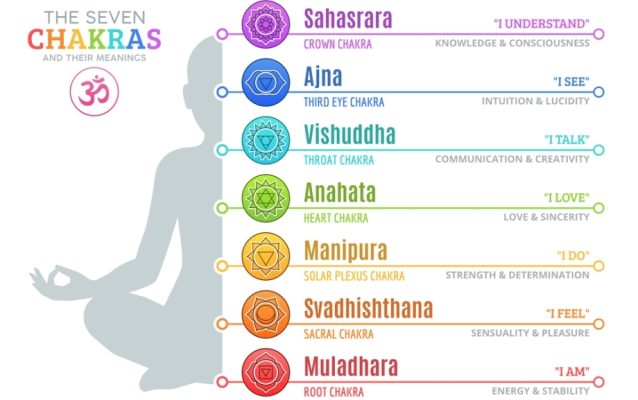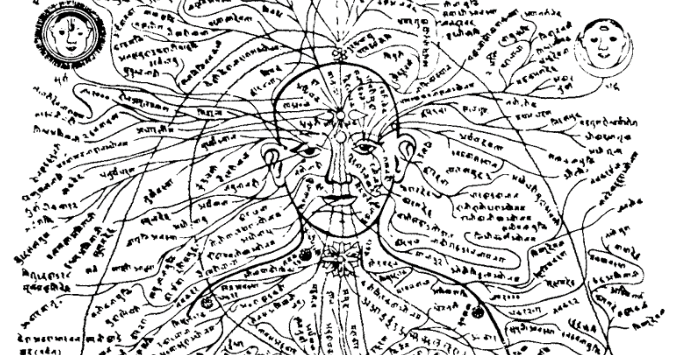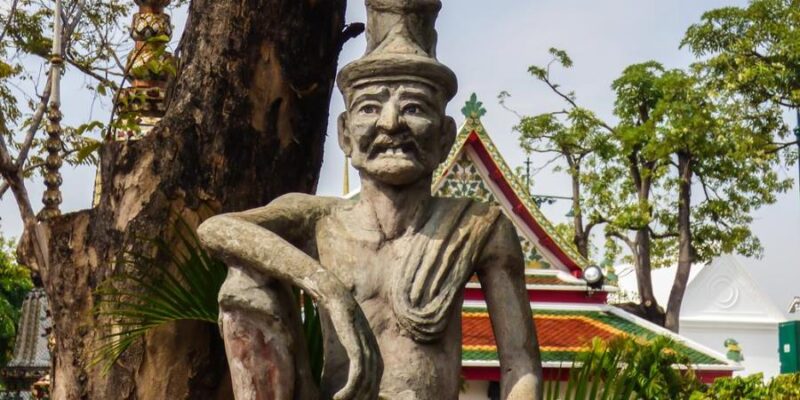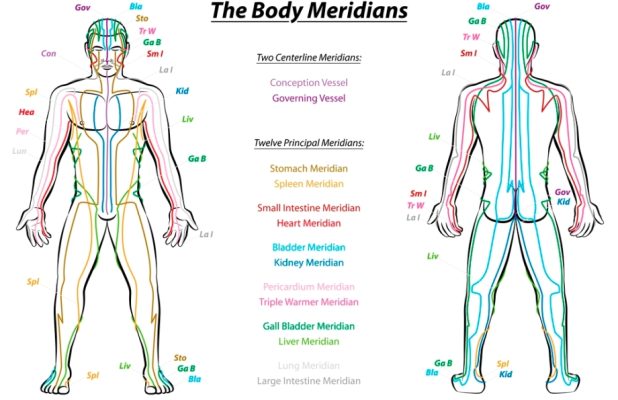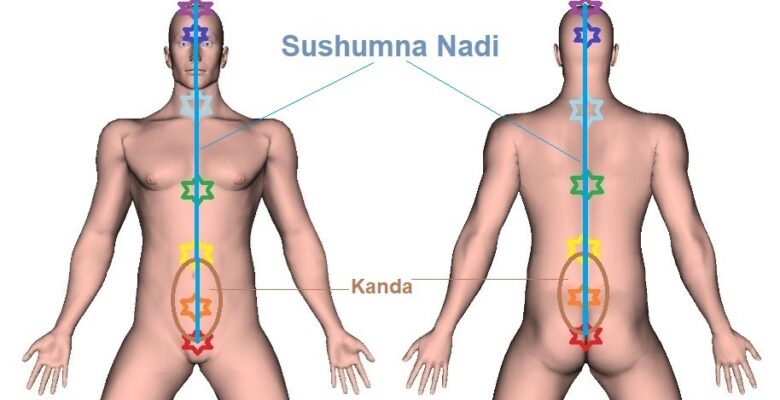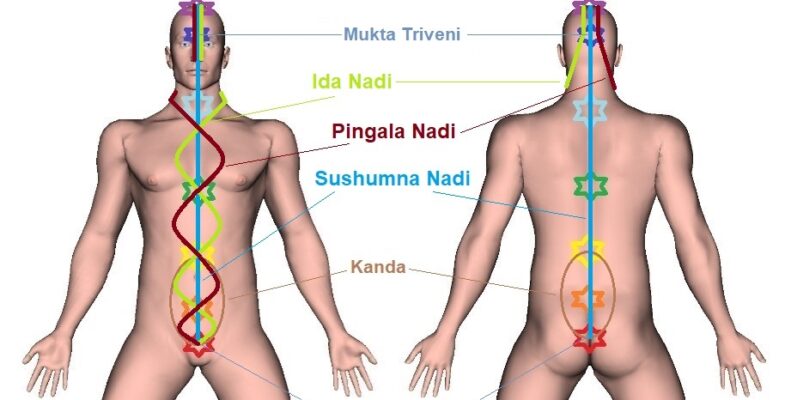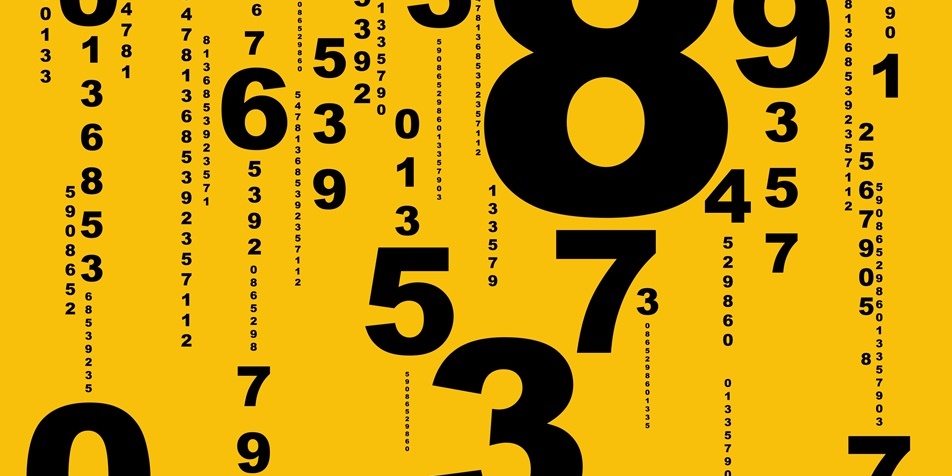
Indian scriptures throughout the centuries, actually across millennia, don’t agree on the total number of Nadi Prana Energy Channels — the so-called Yoga Nadis.
Different quantities are mentioned, which, for instance, include 72, 101, 72000, 300000, 350000, or even 350000000. Some other scriptures mention that the Nadis are uncountable. Nevertheless, overall, the number of 72000 is definitely the most recurring.

Most fortunately, the number of Nadis that is considered of importance is much smaller, usually said to be 10, 14, or 21, depending on the Yoga lineage and source. And to be honest, most Yoga teachers only deal with three Nadis, that is, with Sushumna Nadi, Ida Nadi, and Pingala Nadi. These three Nadis are generally thought to be the most important of all the Nadis.
Another thing that complicates the discussion is the fact that Nadis can refer either to physical channels in the body (blood vessels, nerves, lymphatic canals, and such) or to invisible, etheric Prana channels. So, what is actually referred to when we read the numbers? In many ancient texts that’s not always unambiguously clear.
And where do these quantities for the Nadis originate from? Well, as it is, we find these numbers mentioned in a variety of ancient Indian scriptures, starting with the Upanishads, a large set of ancient Vedic Sanskrit texts about meditation, philosophy, Yoga, consciousness, and ontological knowledge.
For instance, the Shiva Samhita (an important text on Hatha Yoga of the 17th century CE) and the Prapanchasara Tantra attributed to Adi Shankaracharya (8th century CE) claim there are 350,000 Nadis. Mind that you’ll sometimes find mentioned that the Prapanchasara Tantra talks about 300,000 Nadis (and actually, what does it really matter?), but the original Sanskrit text really mentions 350,000.
However, a vast range of other texts, among which the Brihadaranyaka Upanishad (composed around 700 BCE), the Kshurika Upanishad (dated between 100 BCE and 300 CE), the Goraksha Samhita (11th century CE), and the Hatha Yoga Pradipika (15th century CE) mention the existence of 72,000 Nadis. In some cases, it’s even claimed that each of the 72,000 Nadis again branches off into another 72,000 Nadis.
Now, let’s dive a bit deeper into the number 72,000, a quantity that apparently got the most traction throughout the history of the Nadis.
For instance, in the Bhagavata Purana (ancient Indian scriptures most likely dating from around 3,000 BCE) we recurrently find the number 72,000. An example from the scripture: “This Dvipa (continent) is divided into nine Varsas or countries, each one extending 72,000 miles …”
In Tibetan Buddhist Medicine, the rTsa Energy Channels in the body are said to be 72,000, but then again sometimes they are said to be “uncountable.”
In the Guanding Jing, a collection of magical spells composed in China in the 5th century CE, we read about the “… spells of the 72,000 spirit kings to protect Buddhist monks …”
In the Mahayana Sutras (a vast collection of Buddhist scriptures thought to be composed as from the 2nd century CE) we can read the following passage: “The Blessed One was dwelling in Rājagṛha, on Vulture Peak Mountain, together with a large monastic Saṅgha of 8,000 monks and 72,000 Bodhisattvas, as well as Gods living …”

It’s also interesting to note that sometimes there are explicit references to nerve endings, like for instance in Chinese Foot Reflexology material, where some sources speak of “… 72,000 nerve endings in the sole of the feet …” or in Indian Ayurvedic pregnancy theory where it’s said that “In the 5th month, the mother’s navel begins to protrude out. This navel point is where 72,000 nerve endings unite just under the navel.”
In the book Practice of Ayurveda (1958) from Swami Sivananda it’s stated (in his chapter Science of Pulse or Nadi Vijnana) that “There are 72, 000 arteries in the body. They all form their centers in the navel or umbilicus.”
About the construction of the famous Borobudur complex (Barabudur), a 9th-century Mahayana Buddhist temple in Central Java, Indonesia, and the world’s largest Buddhist temple, it’s said that “Approximately 72,000 cubic yards of stones were taken from neighboring rivers to build the monument.”
The examples mentioned above illustrate the general thought that the number 72,000 has an Indian Vedic and Ayurvedic origin (further spread by the expansion of Buddhism from out India), and was most likely used to say or state that “it’s a lot,” and not to really point out the actual number or amount of things or elements referred to.
Nevertheless, it remains a bit of a mystery why exactly the number of 72,000 was used and not another number, like, for instance, 1,000,000 (one million).
Symbolism and numerology may give some clues though; the number 72 is of special significance in some Asian religions, such as the 72 stupas built, which comprise the Borobudur (the world’s largest Buddhist temple), including the 72 Buddha statues surrounding the central Borobudur dome, the 72 major temples of Angkor Wat in Cambodia (the seat of the ancient Khmer Empire), the 72 disciples of Confucius, and the 72 names of God according to the Kabbalah.
Then, finally, the numbers 2 and 7 have always played an important role in many religions (among a range of other numbers, by the way), also in Indian Vedanta traditions, and I can only imagine that numerology and symbolism have played its part.


